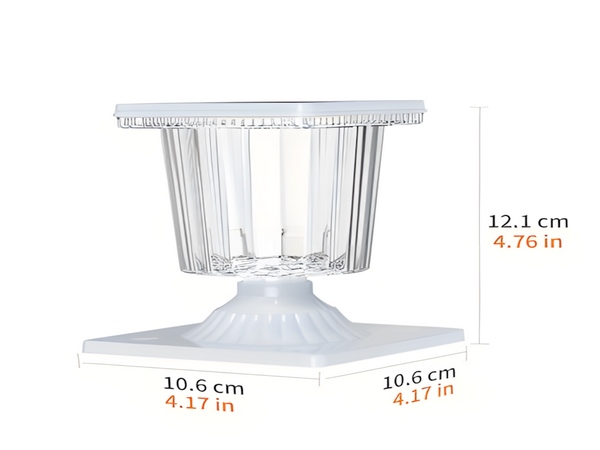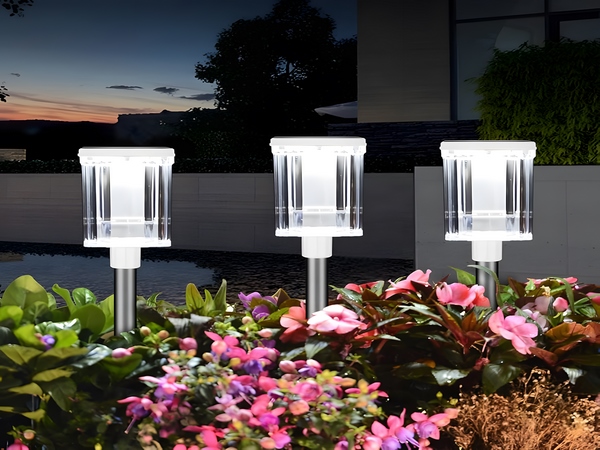
As global energy shortages increase and environmental degradation worsens, the adoption of new energy sources has become a trend both now and in the future. Solar power generates electricity from light without polluting the environment, which is why solar street lights are popular and strongly promoted by the government. However, some customers have reported issues with solar street lights not turning on or staying on after installation. What could be the cause? Let’s take a closer look:
1. Wiring Method
If the solar street light does not turn on after installation, it is possible that the installation staff wired the LED head incorrectly, reversing the positive and negative connections. Additionally, if the solar street light stays on continuously, it could be due to the solar panel being reversed, as lithium batteries typically have two output wires. Reversing these connections can cause the LED to stay illuminated for an extended period.
2. Quality Issues
Aside from the two situations mentioned above, the most likely cause is an issue with the solar street light’s quality. In this case, the best approach is to contact the manufacturer, return the solar street light for testing, or arrange for a service technician to come on-site.
3. Controller Failure
The controller is the core component of solar street lights. A red light indicates charging, and a flashing light means the battery is full. If a yellow light appears, it indicates low battery, preventing normal operation. At this point, check the battery voltage; if it is normal, consider replacing the controller to see if it resolves the issue. If the light still does not turn on, check if the wiring has become detached.

4. Capacity Issues
In addition to wiring issues, problems can also arise from the capacity of the lithium battery. According to regulations, the charge level of solar lithium batteries during manufacturing and transportation is controlled to about 30%. This means that the battery capacity delivered to customers is only partially filled. If customers delay installation or encounter rainy weather shortly after, they may exhaust the factory-stored energy, resulting in the solar street light not functioning.

5. Battery Failure
Many manufacturers use non-waterproof batteries, which can lead to short circuits if water enters, causing voltage instability. During inspection, carefully observe the battery voltage changes with discharge depth; if it cannot function properly, a replacement is necessary.
6. Check for Damaged Wiring
If the insulation is worn, current can pass through the lamp post, causing a short circuit and preventing the light from working. It is worth noting that some solar street lights may also be illuminated during the day and cannot be turned off. This situation is often due to a failure in the controller components.
7. Solar Panel Charging Status
Situations where the solar panels cannot charge typically present as voltage without current. It is essential to check if the panel connections are properly soldered and whether there is current through the aluminum foil on the panel. If there is no current, the solar panel is likely failed. Additionally, if there is current but snow accumulation is present, it can obstruct charging.
Above are the reasons why solar street lights may not turn on or stay illuminated after installation. It’s important to note that repair work for solar street lights should be handled by professionals. We should refrain from attempting repairs ourselves and instead wait for technicians to conduct the necessary repairs.



